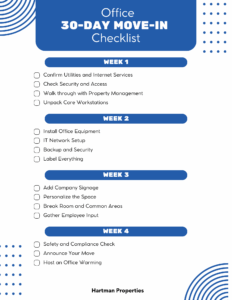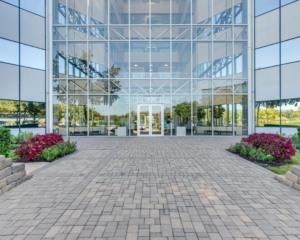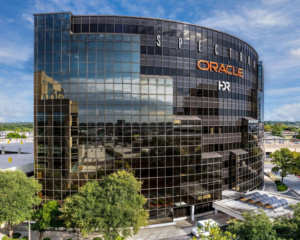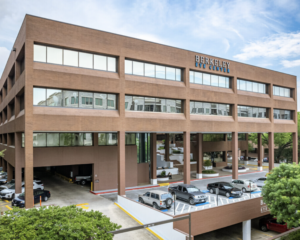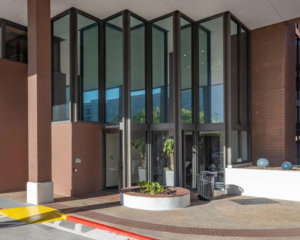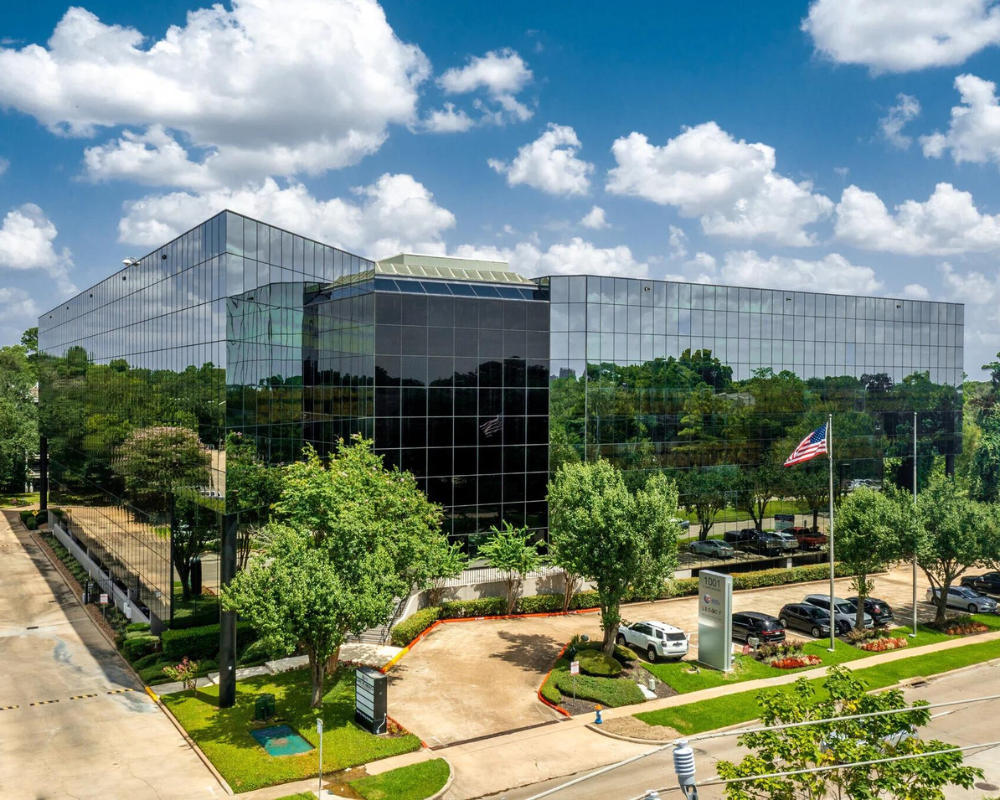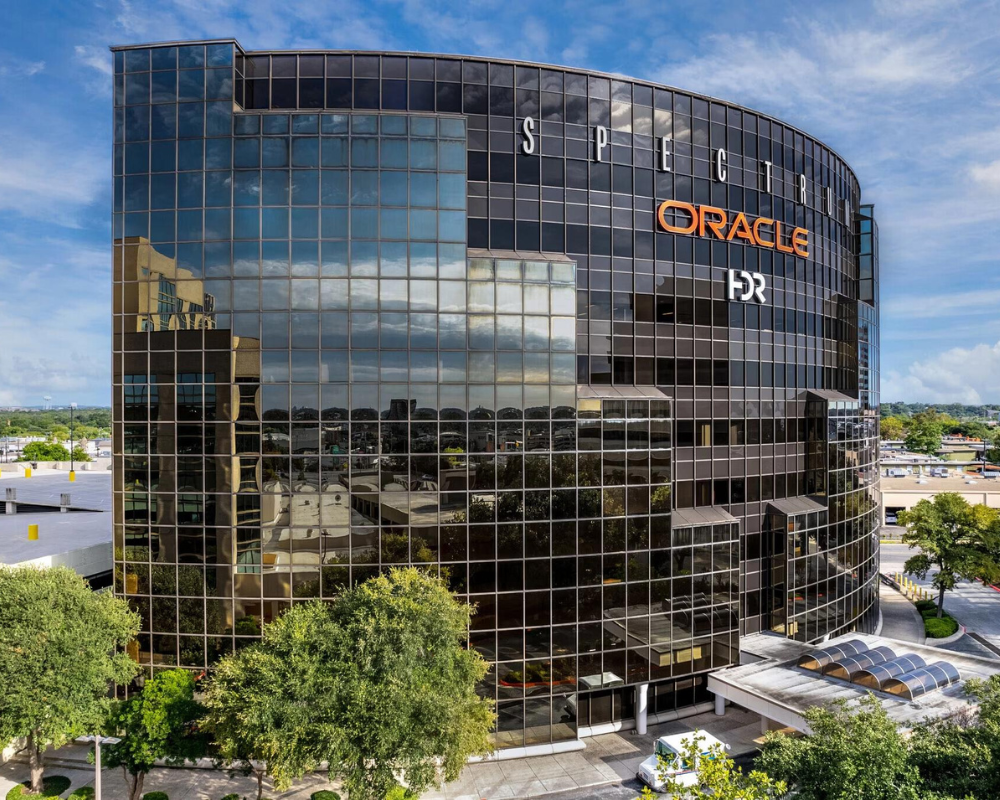Over the past few years, the work-from-home (WFH) trend has transformed the business landscape. While many employees enjoyed the flexibility it offered, the shift also brought with it a host of challenges. For companies and employees alike, there’s been a growing realization that the traditional office space still plays a crucial role in fostering collaboration, productivity, and company culture. As the demand for office space picks up once again, commercial real estate in Texas is embracing new solutions to meet these evolving needs.
The Downsides of Working From Home
Working from home seemed like a dream for many when it first became widespread. The convenience of no daily commute, the comfort of home, and the flexibility to balance family life were attractive perks. However, several negative trends have surfaced that are encouraging businesses to reconsider remote-only work models:
- Decreased Collaboration and Innovation: While remote work has its merits, it often leads to a lack of spontaneous interactions that happen naturally in the office. These impromptu conversations are where innovation thrives, and their absence can hinder creativity and problem-solving.
- Employee Isolation and Burnout: Many remote workers report feelings of isolation, especially in the absence of a physical office to foster connection and community. Loneliness can result in disengagement.
- Challenges with Work-Life Balance: The ease of working from home also makes it harder for some individuals to “turn off” from work. Without the separation between home and office, work hours can stretch beyond the typical 9-5, eroding personal time and increasing stress levels. It can also blur the line between home and work life and can lead to burnout.
- Declining Company Culture: Office spaces play a significant role in shaping a company’s culture. Remote work can dilute that culture, making it harder for new employees to assimilate, and for veteran staff to stay connected with company values.
- Stunted Employee Advancement and Education: One of the most significant downsides of remote work is the lack of face-to-face leadership and coaching. In an office setting, employees have more opportunities for mentorship, skill-building, and professional development. Remote work, however, often limits these interactions. Employees miss out on learning from their leaders through informal conversations, feedback, and the opportunity to observe others in action. As a result, career growth can be stunted, as employees aren’t receiving the guidance, coaching, or educational opportunities that are essential for advancement in their roles.
Additionally, productivity can be negatively affected in a remote environment. Many employees find it difficult to focus due to distractions from their home life—children, pets, household chores, or personal responsibilities. These distractions can lead to less effective work hours and a decline in output. Without the structure and environment of an office, employees may struggle to maintain the same level of discipline and focus, further hampering both professional development and productivity.
The Growing Trend: Bringing Employees Back to the Office
As businesses work to overcome these challenges, there’s a noticeable shift back to office spaces—albeit with some adjustments. The modern office isn’t just about desks and cubicles anymore. It’s about creating environments that attract employees back and give them a reason to come into work.
Here are some key trends we’re seeing in the Texas commercial real estate market as businesses aim to bring employees back to the office:
- Flexible, Hybrid Work Models: Companies are embracing hybrid models that combine both remote and in-office work. These models allow employees to benefit from the best of both worlds, maintaining flexibility while still fostering in-person collaboration when necessary.
- Suburban Offices Over Central Business Districts (CBDs): Commuting is one of the biggest obstacles to employees returning to the office. In response, many companies are opting for suburban office spaces instead of those located in congested city centers. Suburban office buildings are often more accessible for employees who live outside of urban areas, reducing commute times and easing the daily burden of getting into the office.
- Reimagining the Office Space: Today’s office buildings are designed to meet the needs of modern workers. Collaborative spaces, quiet rooms, lounges, and even outdoor areas have become integral parts of the office environment. The focus is shifting toward creating flexible spaces that can accommodate various work styles, rather than being limited to traditional desks and conference rooms.
Trends We’re Seeing in Major Companies: Pushing for More Time in the Office
As businesses adjust to new workplace realities, many larger companies are making significant changes to their office attendance policies. Companies across the U.S. and globally are setting new expectations for employees to return to the office, with varying degrees of flexibility.
- Return-to-Office Requirements: Many major companies are now requiring employees to be in the office more frequently. For instance, Apple has mandated that employees return to the office at least three days a week, while Google and Amazon have set similar guidelines, with employees expected in-office 3-4 days per week. As companies recognize the value of in-person interaction, we are seeing an increasing trend toward more days in the office, with some companies going as far as requiring employees to be in the office for four days per week, up from the previously common two or three days.
- The Rise of Hybrid Models: Although full-time remote work remains rare, hybrid work models are the most common solution. Companies like Salesforce, Microsoft, and Facebook have implemented hybrid systems that allow employees the flexibility to work remotely part of the week but still emphasize the importance of being in the office for collaboration and team-building. These companies have found that a mix of both worlds provides employees with the flexibility they want, while maintaining a strong office culture.
- Increased Emphasis on Employee Well-being: The shift back to the office isn’t just about increasing in-office days—many companies are also investing heavily in employee well-being by creating office environments that focus on health, flexibility, and convenience. For example, companies like LinkedIn are offering employees access to fitness centers, wellness programs, and flexible spaces designed to foster creativity and collaboration.
- Industry and Regional Differences: The office attendance trends can vary depending on the industry and region. Tech companies, in particular, are leading the charge for more flexible office requirements, while sectors like finance and law tend to maintain stricter in-office attendance. In Texas, suburban office space is seeing an uptick as companies recognize the convenience it provides to employees living in outlying areas, cutting down on long commutes into busy urban centers.
Job Market: In-Office vs. WFH vs. Hybrid
The shift back to in-person office work has major implications for the job market. While remote work became a sought-after perk during the pandemic, today’s job seekers have a broader range of preferences. According to recent studies:
- In-Office Work: Many job seekers are still prioritizing the ability to work from the office, particularly in industries that rely on face-to-face collaboration or have a strong office culture. However, there’s a generational divide, with younger employees often preferring flexible or hybrid work options. In Texas, the demand for in-office roles is strong in industries like healthcare, finance, and energy, where local collaboration and on-site activities are essential.
- WFH: While fully remote positions still appeal to a segment of the workforce, there has been a clear shift away from remote-only jobs. Remote opportunities have become less abundant as companies have recognized the importance of in-person collaboration for growth and innovation. Many employees have also expressed frustration with the lack of connection and professional development in remote roles.
- Hybrid Roles: While hybrid work continues to gain traction, particularly in sectors like tech, marketing, and customer service, there is still a strong preference for in-office environments. Companies are increasingly offering hybrid roles as a way to attract talent, especially in cities like Austin, Dallas, and Houston, where businesses are competing for skilled workers. However, it’s important to note that most hybrid roles, while offering some flexibility, are still structured around being in the office 3-4 days a week. Despite the appeal of hybrid work, companies are recognizing the value of in-person collaboration and the advantages that office environments provide—such as spontaneous brainstorming, team cohesion, and better mentorship opportunities. For example, employees in hybrid roles may have the flexibility to work from home for one or two days, but they are still expected to be in the office for the majority of their workweek, maintaining a structured schedule for better alignment with team goals and company culture.
In fact, the preference for in-office work is still strong. According to a 2024 McKinsey survey, 52% of U.S. workers are still in hybrid roles, but a significant number of companies—especially in tech—are offering hybrid work with structured in-office expectations. As of last year, demand for hybrid roles in cities like Austin and Dallas has risen by 22%, but the majority of businesses maintain in-office standards, reflecting a commitment to the benefits that in-person work offers for collaboration and growth. The hybrid model is evolving to reflect a balance, with companies ensuring flexibility without sacrificing the value of office presence.
How Landlords Can Support Tenants in the Return-to-Office Initiative
Landlords play an important role in helping companies make this transition back to the office. Here are some strategies for landlords to consider to support tenants and foster a positive work environment:
- Modern Amenities: Tenants are looking for spaces that provide more than just a desk and a chair. Offering high-quality amenities, such as food trucks, fitness centers, cafes, and outdoor seating areas, creates an inviting atmosphere that employees enjoy coming to. These amenities also contribute to a healthy work-life balance and make the office feel less like a place of work and more like a community.
- Event Hosting: Hosting events and activities within office buildings can help bring employees back in a more engaging and meaningful way. Networking events, wellness activities, happy hours, or even community service opportunities can help create a sense of camaraderie and make employees feel more connected to their office and coworkers.
- Ease of Commuting: Reducing commute times is key to making the office more appealing. Landlords can support this by selecting locations in areas that are easily accessible from major highways or residential areas. Suburban offices, in particular, offer a more convenient and cost-effective alternative for employees who would otherwise face long commutes into city centers.
- Collaborative Workspaces: Creating areas within office buildings that encourage collaboration is a must. Open spaces, meeting rooms, and lounges designed for teamwork are important for fostering collaboration and engagement between employees.
Why Partnering with the Right Landlord Matters
The right landlord can make a huge difference in attracting employees back to the office. A partnership with a commercial real estate company that understands the changing needs of today’s workforce can help create spaces that are not only functional but also enjoyable to be in. Landlords that prioritize flexibility, offer exceptional amenities, and have a clear vision for community-building help tenants overcome the challenges of returning to the office.
By working with the right landlord, companies gain access to office spaces designed to meet the evolving needs of their employees. These spaces improve employee satisfaction, help reduce turnover, and ultimately support business success in a competitive environment.
Conclusion: The Future of Work in Texas
As Texas continues to thrive as a hub for innovation and business, the return to the office presents both challenges and opportunities. While remote work has its benefits, the office remains a key space for collaboration, culture, and employee engagement. By partnering with the right commercial real estate landlord who understands these trends and offers suburban office spaces with the right amenities, businesses can not only get employees back to the office but make it a place where they actually want to be.
Whether it’s reducing commutes, offering flexibility, or creating inviting spaces with plenty of amenities, the right office environment can enhance employee well-being, boost productivity, and foster professional growth. As the world of work continues to evolve, Texas businesses are poised to lead the way in creating workspaces that employees love and that support their ongoing advancement.
At Hartman Properties, we specialize in helping you find the right office space to meet your business needs. Our experienced team can guide you through the process of selecting a location that supports both your employees’ well-being and your company’s long-term goals. For more information, visit us at hartman-properties.com.




